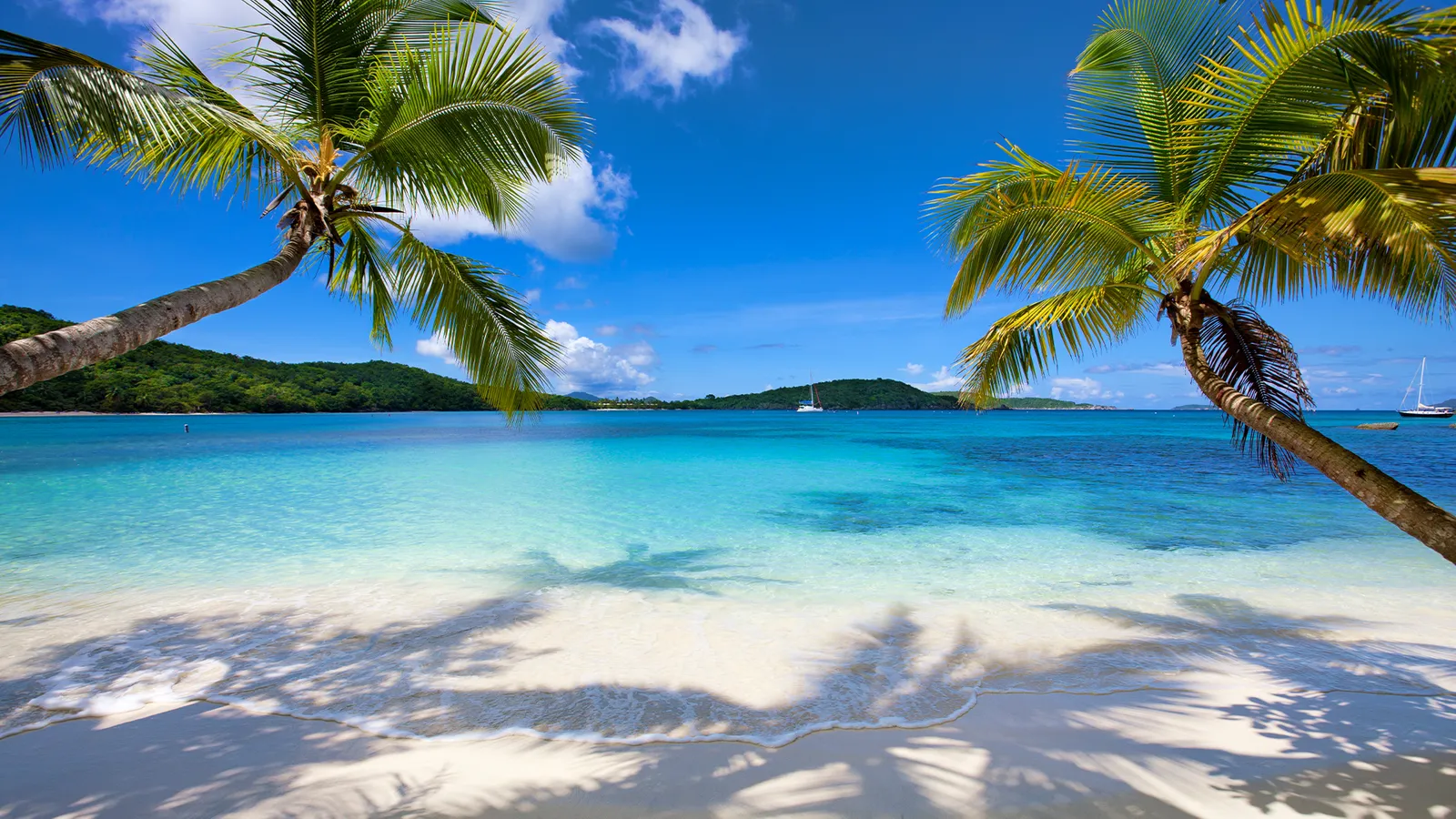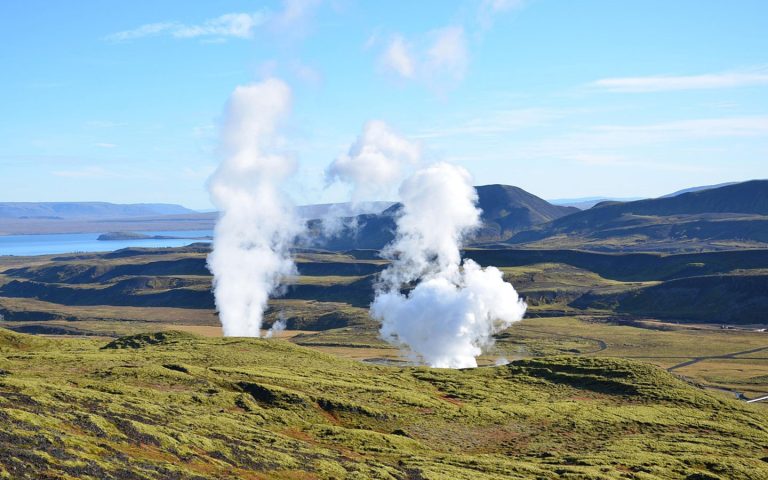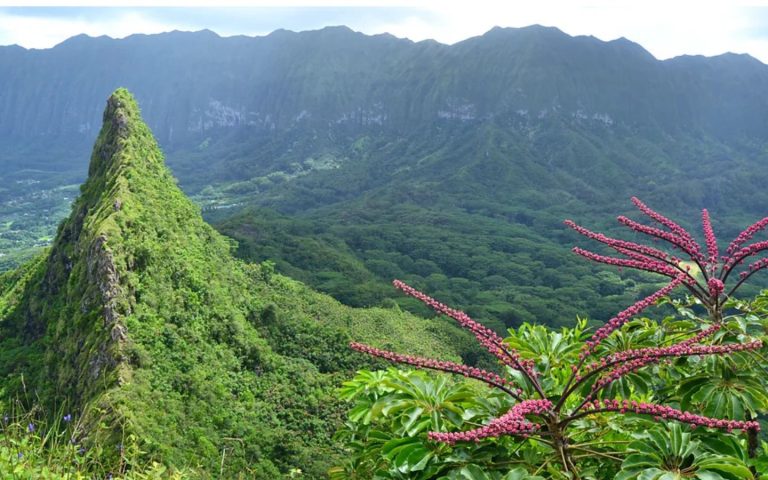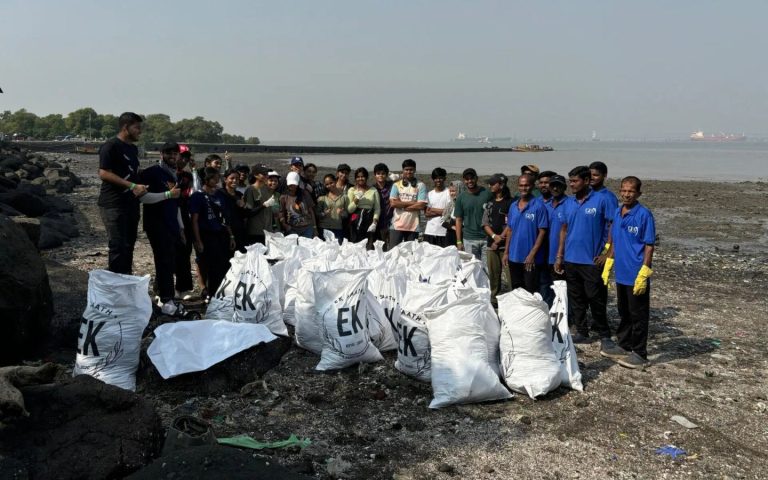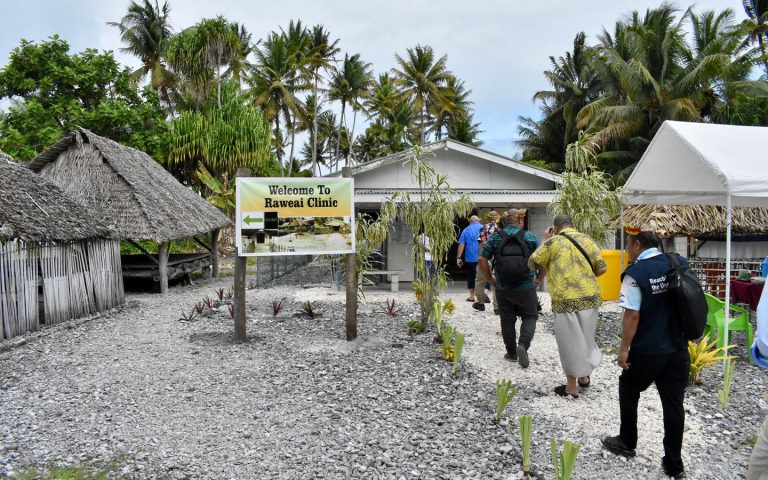Image credit: cdwheatley/Getty Images. Retrieved from bbc.com
Excerpt from bbc.com
“In 1945, after [the US military dropped an atomic bomb on] Hiroshima and Nagasaki, Oppenheimer was hailed as a national hero. His image was put on the cover of Time and Life [magazines] and he becomes America’s most famous celebrity scientist,” said Kai Bird, whose Pulitzer Prize-winning book, American Prometheus: The Triumph and Tragedy of J Robert Oppenheimer, written with the late Martin J Sherwin, inspired the new biopic. “Then in 1954, he suddenly becomes a pariah and disappears from national life until virtually the day he dies.”
It was a great place to hide out and be anonymous
Today, the two-acre plot where the physicist disappeared and lived in a modest cottage part-time from 1955 until his death in 1967 is public land, known locally as Oppenheimer Beach. Though it doesn’t appear on most tourist maps, it’s regularly touted as one of the best beaches in the Virgin Islands and one of its best-kept secrets. Similarly, the little-known story of how Oppenheimer went from hero to villain to Caribbean castaway offers a fascinating glimpse into the life of one of the US’ most famous scientists, and the island that ultimately shaped his final days.
From patriot to pariah
Oppenheimer’s journey to St John began with the top-secret Manhattan Project, where he led the team who developed the first atomic bomb. As Bird explained, “Oppenheimer’s view of the gadget he was building never really changed. He was perfectly aware from the day he joined the Project in 1942 what a terrible thing it was, and that he was building a weapon that would have enormous destructive potential.” Instead, Oppenheimer, Albert Einstein and most leading physicists of the time were convinced the bomb’s creation was inevitable, and that if Oppenheimer didn’t create it, the Nazis would first.

